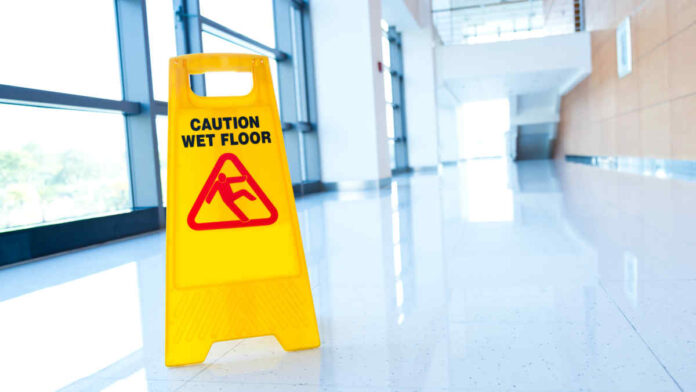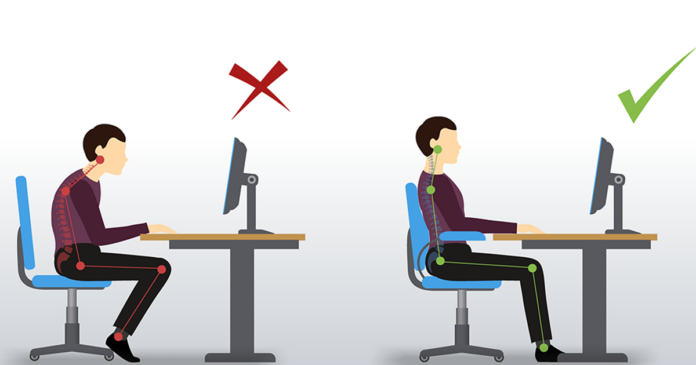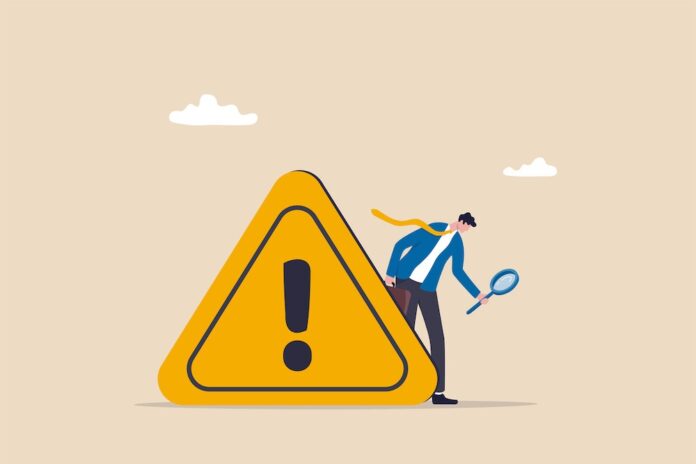
Regardless of the nature of your business (office building, production plant, store, construction site, etc.), workplaces can come with a set of safety risks and hazards that employees and employers need to be mindful of.
While it goes without saying that every worker (employee) should be careful and vigilant at all times, the responsibility of making a workplace risk and hazard-free actually falls on the safety managers and the employer.
Large companies will typically be able to hire an in-house consultant but if you’re a small company you should try to get an independent consultant like Howlett Health & Safety Services to make sure you’re fully compliant and to minimize any risk of hazard.
It is not enough to identify these hazards; certain measures need to be put in place to either eliminate, control, or completely avoid them. Below are some of the most common workplace hazards and what you can do to avoid them.
Physical Hazards (Trips, Slips, and Falls)
Physical hazards involve all the physical accidents (trips, slips, falls) and injuries (cuts) that an employee can sustain at work. Many times, these hazards are caused by uneven surfaces and cluttered work environments. Usually, this type of hazard is the least dangerous, but there is always a possibility for more serious cases.
Some of the measures you can take to prevent this type of hazard include; ensuring that the work environment is neat and in order (cleaning up spills or removing loose cables and wires), putting up proper lighting, encouraging employees to pick up after themselves, requiring employees to always wear slip-resistant footwear and returning equipment to their appropriate positions.
Falls From Heights and Falling Objects

Some of the most common and potentially serious workplace injuries are caused by falling objects/tools and falls from heights. It’s important to provide regular construction safety training to workers to ensure they stay informed and up-to-date on potential risks and hazards on the job site.
Some of the measures that can be taken to avoid these injuries include; ensuring that the scaffolding, ladders, and all other pieces of equipment are in good condition, making sure that the work site is secured (especially from unauthorized access from members of the public) and regular inspection of equipment.
Only competent staff that have been properly trained should be allowed to handle the work-at-height safety equipment, and a thorough risk assessment should be carried out and regularly updated. All safety guidelines should also be strictly enforced.
Electrical Hazards
These include electrical shocks from malfunctioning equipment and exposed wires. Because these shocks are potentially fatal and can happen without warning, it is crucial that appropriate measures are taken to prevent them.
Some of these measures are; having all electrical appliances inspected and re-certified regularly (or according to legislation and manufacturer’ instructions), regular maintenance checks for electrical installations, and immediate removal and replacement of damaged cables and appliances.
Chemical Hazards

Another common type of hazard that should be avoided is exposure to industrial chemicals such as; cleaning products, gasoline, carbon monoxide, and other harsh solvents. This is because exposure to these chemicals can lead to chemical burns, skin irritation, eye injuries, and, in more serious cases, blindness.
Some of the safety measures you can implement to avoid these hazards include; storing chemicals in areas where they can only be accessed by authorized personnel (wearing proper PPE), ensuring that only properly trained employees work with these chemicals, proper containment of all equipment that can give off these chemicals and proper disposal of chemicals that are no longer in use.
Fire Hazards
Poor handling and maintenance of chemicals and electrical appliances can lead to a fire. Like electrical hazards, fire can occur without warning in almost any workplace.
Some of the measures you can take to avoid fire incidents include; having functional and well-maintained fire extinguishers readily available (at close and accessible locations), proper handling of flammable materials, and providing employees with fire-resistant PPE.
Biological Hazards
These include agents (insect bites, viruses, bacteria, and bodily fluids) that can transmit illnesses to humans. You can avoid biological hazards by; ensuring the proper disposal of biological wastes and making sure that every employee’s immunization is up to date.
Ergonomic Hazards

Fatigue, wear, and sprains from awkward working postures and repetitive tasks can accumulate and lead to chronic conditions over time. This can have a negative effect on employee morale and may require physical therapy to correct.
To avoid this type of problem, some of the measures you can take include; providing your employees with ergonomic tools like adjustable chairs, tables, and computer equipment, training your employees on proper working postures that prevent strains on the body, and training them on how to take better care of themselves.
Machinery Malfunction
Machinery malfunction and improper use of equipment can also lead to serious injuries. To prevent this from happening, you can encourage your employees to; immediately report any sign of malfunction with machines and avoid working with faulty machines in a bid to increase efficiency. Also, make sure that all machines are inspected regularly and that all damages are repaired in a timely manner.
Conclusion:
Completely removing risks from a workplace may not be possible, but measures can be taken to keep those risks at a minimum.

It is your responsibility as a safety manager or employer to identify all potential hazards and implement safety measures your employees can take to avoid those hazards.








